


A regular shape is a shape, which has equal angles and equal sides - its sides are all the same length and its angles are all the same number of degrees.
On the other hand, an irregular shape has sides of different lengths and angles of different sizes.Irregular shapes are shapes where the sides and interior angles are not all the same. They can be harder for children to identify, as they don't look like the conventional shape they are used to seeing when they are initially introduced to shapes.
When distinguishing between regular and irregular shapes, it’s important to have a look at the shapes’ sides and angles. Are the sides and angles the same or different?
For example, children will learn about equilateral triangles and isosceles triangles. An equilateral triangle by definition has all sides of an equal length and equal angles, which makes it a regular shape. If you have a look at the image below, the sides of an isosceles triangle aren’t all the same length and its angles are different, too. This means that an isosceles triangle is an irregular shape.
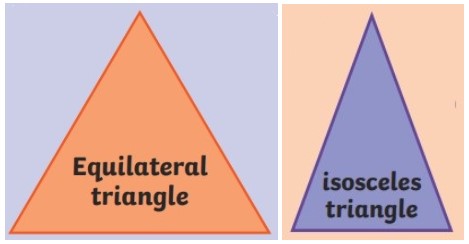
On this page, you can get a better understanding of how to distinguish between regular and irregular shapes and their role in the curriculum.
In short, the two terms don’t mean the exact same thing. But when children learn about shapes at school, they may also hear them referred to as regular and irregular polygons. A polygon is a 2D shape with straight sides and the regular and irregular shapes, which children will learn about, are all 2D shapes with straight sides. That’s why, in this instance, the terms can be used interchangeably.
Watch the video below to find out more about polygons and see examples. It includes vocabulary which is easy for young learners to understand.
The best way to learn about shapes is to have a look at examples! Pupils will be expected to know whether a shape is regular or irregular, so let’s have a look at some of the properties of these polygons.
The table below includes some examples of regular polygons for helping children to learn the names. When learning about different shapes in Maths, it’s important that children see a visual representation, because it’ll help them remember the properties.
For example, an equilateral triangle has 3 equal sides and 3 equal angles, which can be seen in the picture. Here’s something handy: it’s called ‘equilateral’, which can be associated with ‘equal’. That’s an easy way to remember the name and associate it with its properties!
A useful way of teaching about shapes is to have children match the visual representations with the properties and names of the shapes. We’ve included some useful resources at the bottom of the page, but having a look at the table below can also be a useful way of familiarising children with different regular shapes.
| Shape Name | What it looks like | Properties |
| Equilateral triangle | 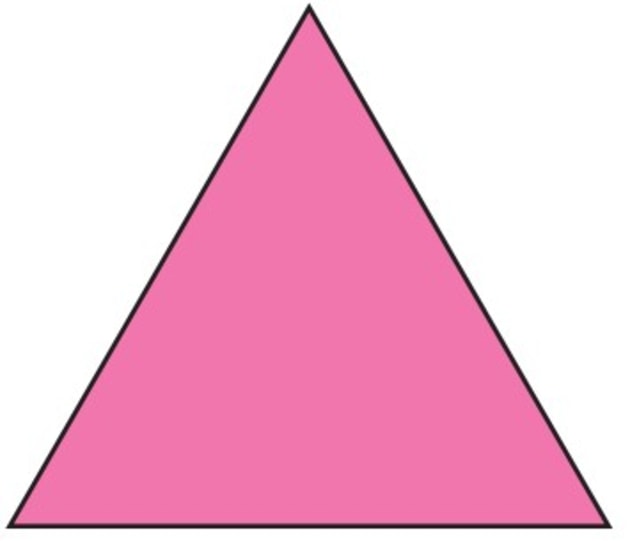 |
|
| Square | 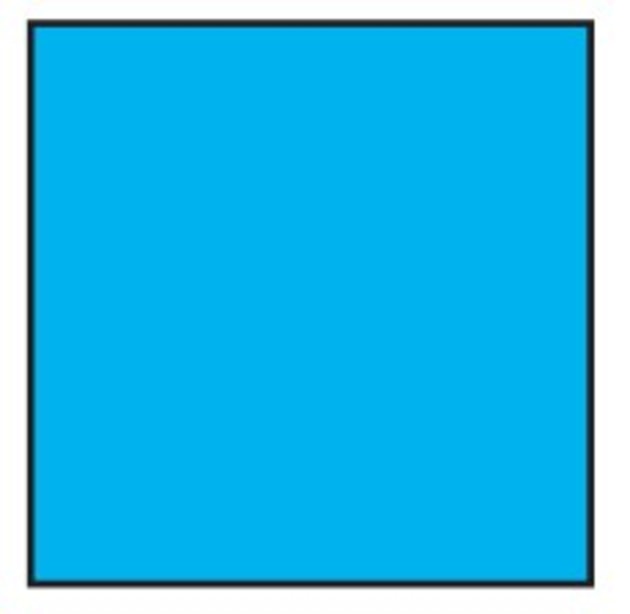 |
|
| Regular pentagon |  |
|
| Regular hexagon |  |
|
| Regular heptagon | 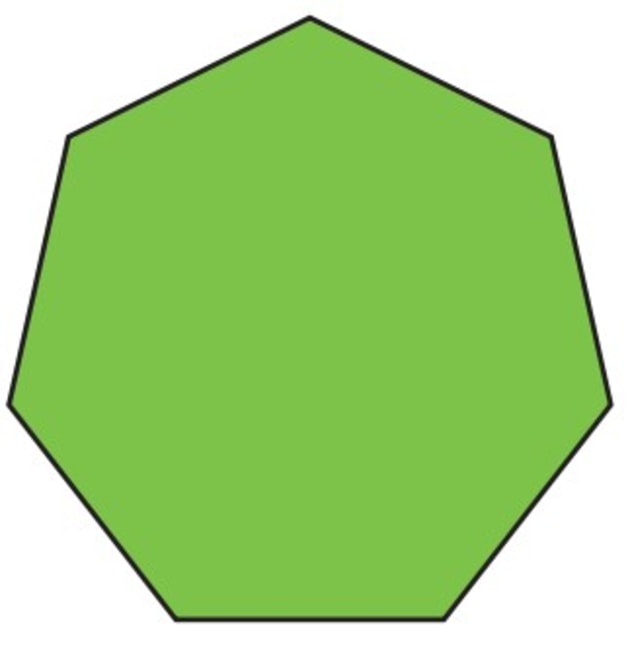 |
|
| Regular octagon |  |
|
You can see some examples of irregular shapes in the table below. It's possible to keep adding to the list by including irregular heptagons, irregular octagons, etc.
What’s important to remember for irregular polygons is that although they might have one or two equal sides or angles, they’re still irregular. Only shapes, which have all their sides of equal length and angles that are all equal are regular.
| Shape Name | What they look like | Properties |
| Triangles (except an equilateral triangle, which is regular) | 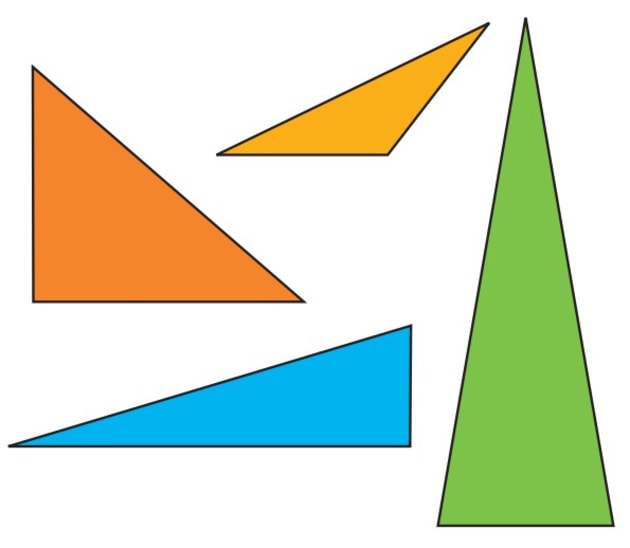 |
|
| Rectangle |  |
|
| Kite | 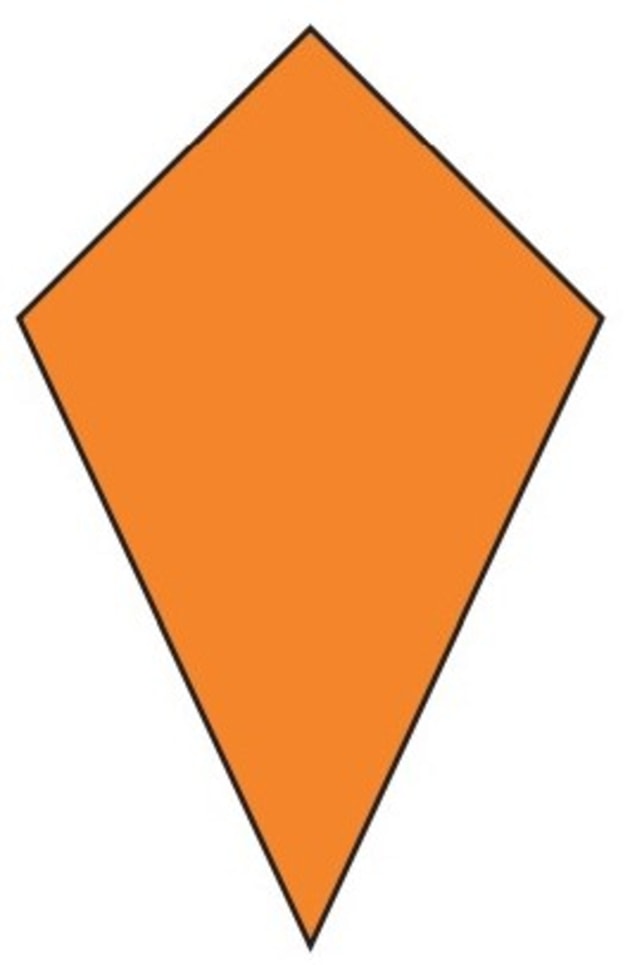 |
|
| Irregular quadrilateral (more examples) | 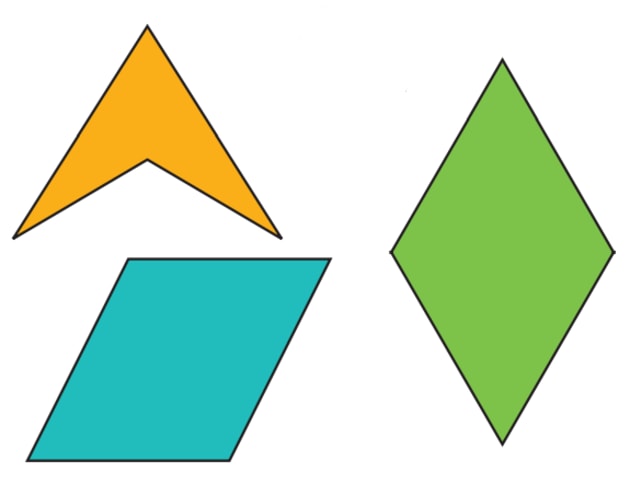 |
|
| Irregular pentagons | 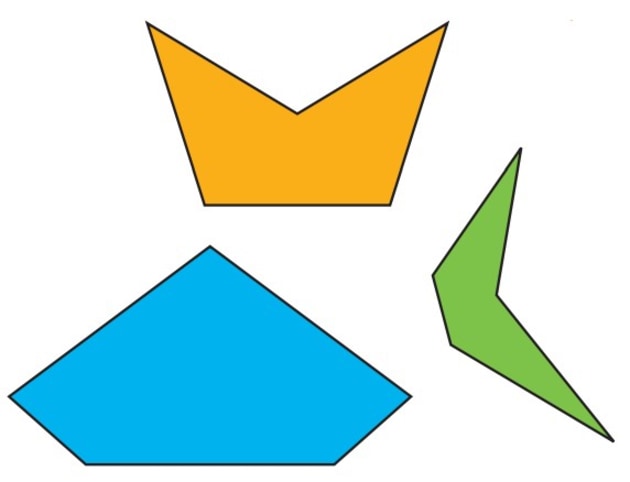 |
|
| Irregular hexagons | 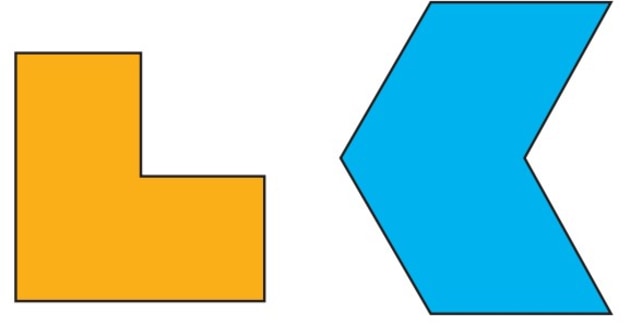 |
|
Before starting to categorise shapes into regular and irregular, children should be familiar with basic shape names and their properties. But when they need to decide whether a polygon is regular or irregular, here’s a quick guide to what to look for:
Why not encourage your child to follow these steps and complete the Regular and Irregular Shapes (Quadrilaterals) Sorting Activity below? The worksheet features a range of shapes, which pupils can sort using a Venn diagram. Perfect for testing how well they’ve attained the newly learnt knowledge!
In KS1, children will start learning about 2D shapes and their properties. They’ll learn about the number of sides each shape has and also practise comparing and sorting these polygons. This will give children the fundamental knowledge they need to then start recognising what makes a shape regular or irregular.
It’s in year 5 that distinguishing between regular and irregular shapes is included in the maths national curriculum. By the end of the school year, children will be expected to:
That’s why creating a table with the shape names and their properties is a useful way of helping children meet this key curriculum aim. Of course, practice is also needed to help pupils get confident in applying that knowledge.
It’s likely that when teaching about properties of shapes, you’ll be using a range of visual representations to help children memorise the studied material. But we know how time-consuming it can be drawing your own shapes or even finding quality, ready-made materials.
But we want to help! Our team of experienced teachers is working hard to create curriculum-wide content to help make workloads more manageable. Yes, all our resources are made and approved by teachers to ensure we’re providing you with content that you can trust.
Here are just some of the materials on regular and irregular shapes, which you might find useful. Whether you’re teaching in the classroom or at home, these resources come with suggestions about how you can use them.
This teaching pack includes a lesson presentation along with a lesson plan, activity sheets, a card game and a differentiated sorting activity. Use the PowerPoint to introduce the topic to children and then the practice resources to reinforce learning on the topic. Everything you need in one handy place.
Use this fun game to bring some fun to your lessons or home learning sessions. Children will need to find out what’s the hidden shape by using a binocular. A fantastic way of engaging children and giving them a small challenge.
Another practical activity which you can use with your little ones to check their knowledge. Easy to download and print, the worksheets include a Venn and a Carroll diagram, which are useful tools for sorting information. The activity will help pupils not only build their understanding but also improve their problem-solving skills.
Here are some questions, which you can use to quickly check your children’s understanding of regular and irregular shapes.
Question 1: Which of the following triangles is/are regular? Bonus points: can you name the triangles based on their properties?
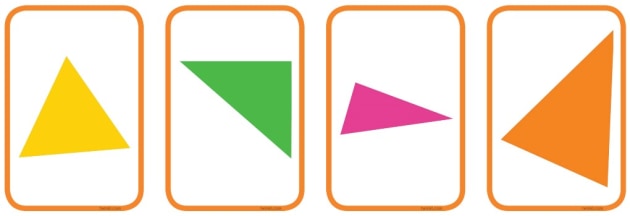
Question 2: Which of the following shapes is/are irregular? Bonus points: can you explain why they’re irregular?

Question 3: Give 3 examples of a regular shape and explain why they're regular.